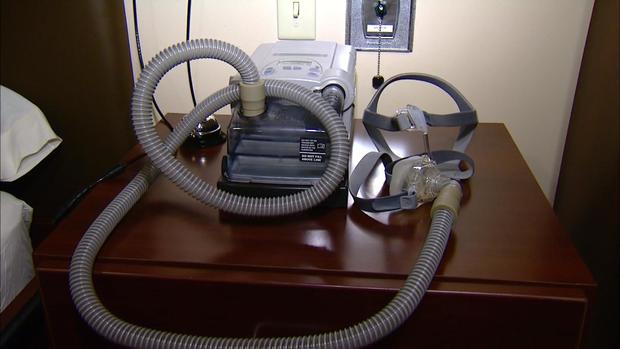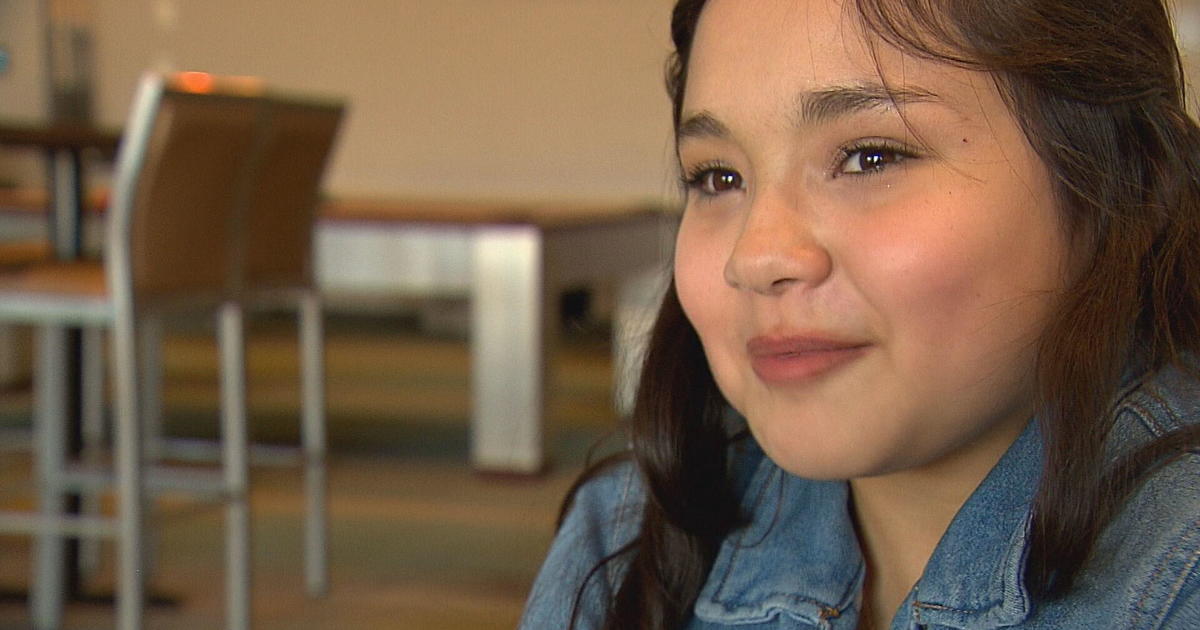New Device Offers Additional Treatment Options For Sleep Apnea
FORT COLLINS, Colo. (CBS4) - For Anita Kitt, life with obstructive sleep apnea was hardly any life at all. She suffered from migraine headaches that would make her so sick Kitt had to be taken to the emergency room.
"I couldn't stop vomiting and I was suffering probably five out of seven days," Kitt said. "It wasn't much of a life, and it took away my life."
According to the National Sleep Foundation, sleep apnea is a condition in which a person involuntarily pauses or stops breathing while they are asleep. It affects nearly 18 million Americans.
For years, the most recommended treatment for the condition has been the use of a Continuous Positive Airway Pressure, or CPAP mask, while a person sleeps. Kitt found the treatment to be almost as intolerable as her headaches.
"I tried to go to bed and I felt so claustrophobic and I felt like I couldn't move," Kitt said. "I felt like it was controlling me."
Through research online and social media, Kitt found another treatment option -- Inspire therapy. The treatment involves the implantation of a small device under the skin in the upper part of the patient's chest that uses signals between the patient's lungs and tongue to help them breathe. The patient uses a remote control to turn the device on at night and off in the morning.
Last month, a team of specialists at Poudre Valley Hospital, including Dr. Matthew Robertson, a surgeon with Alpine Ear, Nose and Throat, implanted the device in Kitt.
"It is a fascinating technology that I think will be a game changer for thousands and thousands of sleep apnea patients," Robertson said.
Robertson says the device is only recommended for people with severe sleep apnea symptoms, associated long-term health risks, like heart disease, and are unable to tolerate CPAP treatment. He expects use of the device to grow significantly over the next three to five years.
After healing, Kitt will be able to start using the device. She says she cannot wait to turn it on for the first time.
"I'm really excited," Kitt said. "I really am, I just can't wait to get it calibrated and give her a try."
Lauren DiSpirito is CBS4's Northern Newsroom reporter. Follow her on Twitter @CBS4Lauren. Share your story ideas with her here.


![SLEEP APNEA IMPLANTS 5]PKG.transfer - Copy](https://assets2.cbsnewsstatic.com/hub/i/r/2016/03/11/474232a6-e635-46e3-9a6e-c1d17af614c6/thumbnail/620x349/304bfe799c31c74735e4bc5300a1b45b/sleep-apnea-implants-5pkg-transfer-copy.jpg?v=55c0f85ebcd2b956528d9c6f5a7e8871#)



